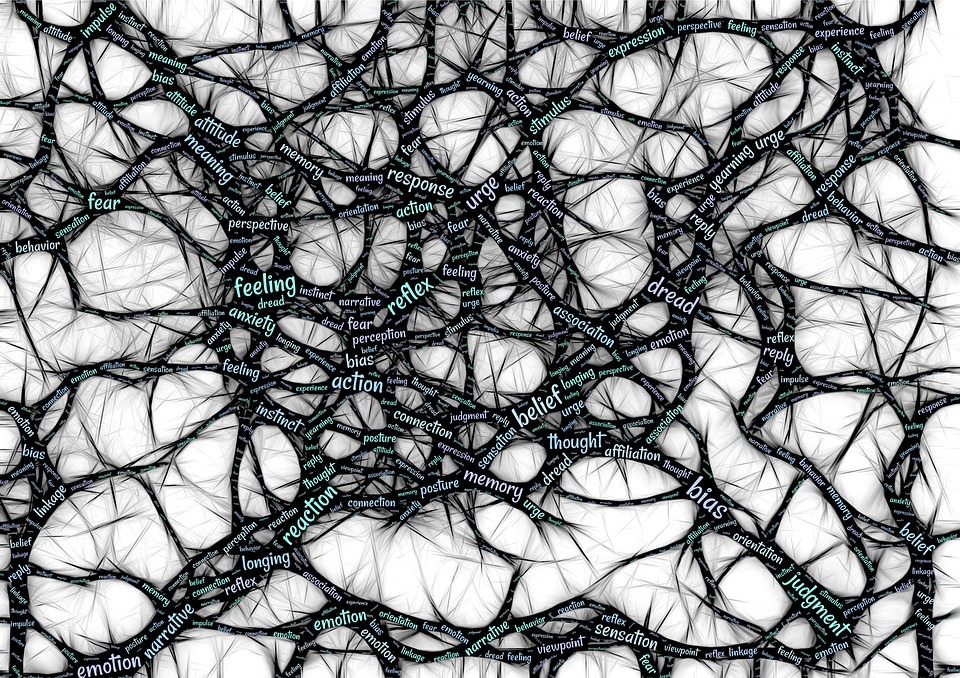
Photo Credit: http://maxpixel.freegreatpicture.com/Neuroscience-Actions-Mindset-Thoughts-Feelings-2114876
I usually resist meditation and mindfulness practices. However, in the spirit of this course, I actively and wholeheartedly experimented with an independent contemplative practice.
~
The world of uncertainty offers little comfort, so I close my eyes. Neither to hide nor to escape, I look within so I can melt into the greatest reassurance of all: consciousness. In the midst of incessant commotion, I just want to think—to find respite in solitude and singularity.
Yet, as I settle my breathing and attempt to intensify my focus, my thoughts multiply. Spawning from the innumerable distractions—the firm floor, the drone of a fan, and my emerging hunger— such thoughts overwhelm my attention, and I am unable to latch onto any one idea. Focusing becomes a fight, for I am scattered.
Then, after minutes of concentration, my thoughts converge into one continuous stream, and I try to direct my attention towards the internal distress I have increasingly become aware of. Tracing the tension to its epicenter in my chest, I work to interpret the source of the unease. I begin tunneling towards its core, but a firm layer of armor denies me. I again seek to punch through the barrier and make sense of the immense burden I somehow posses, but once again, as if protecting its own integrity, something within me declines my entrance.
I then realize that my joy is receding.
My wellbeing is being packed away in some safe corner so it cannot be damaged by the truth; it is reluctant to accept that the world—my world—is changing. It runs from each new piece of evidence pointing towards a crumbling future. It hides from the internalized messages of humanity’s destruction—my destruction—of the environment.
I decide to terminate the introspection, for it is no longer restful.
